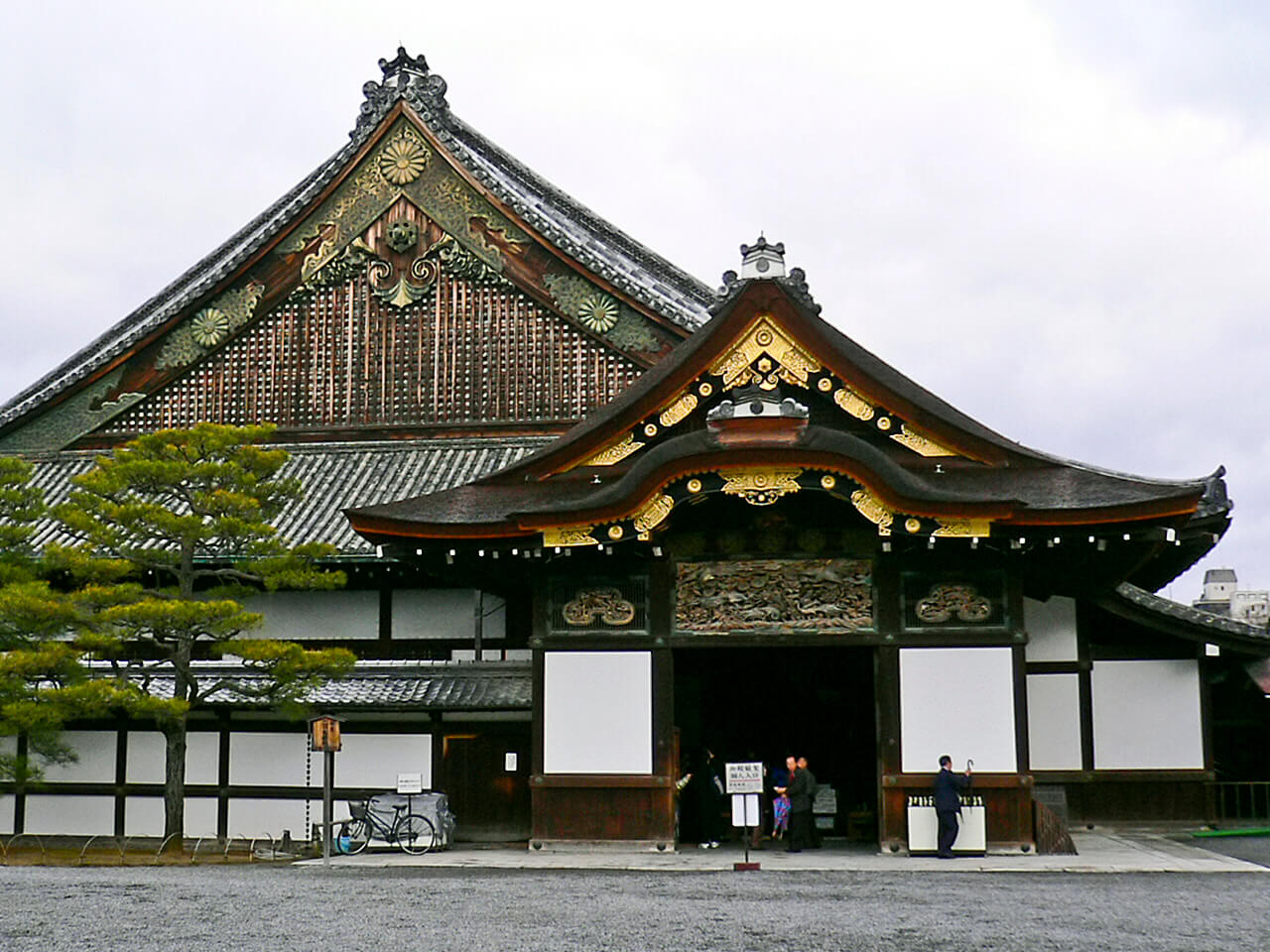Introduction
Japan’s rich history is dotted with magnificent structures that stand as testaments to the country’s architectural brilliance and cultural heritage. Among these treasures is the awe-inspiring Nijo-jo, commonly known as Shogun’s Castle. Nestled in the heart of Kyoto, this remarkable castle complex offers a glimpse into the lives of feudal lords, samurai, and emperors, while also showcasing Japan’s unique architectural prowess. In this blog, we will delve into the captivating history and architectural marvels of Nijo-jo, an iconic landmark that has withstood the test of time.
A Glimpse into History
Built in 1603 during the Edo period, Nijo-jo served as the official residence of the first Tokugawa Shogun, Tokugawa Ieyasu. The castle later underwent significant expansions and renovations under the order of his grandson, Tokugawa Iemitsu, in the early 17th century. While initially designed as a fortified castle, Nijo-jo evolved into a symbol of power and opulence, reflecting the might of the Tokugawa Shogunate.
The Architecture and Layout

Nijo-jo is renowned for its architectural grandeur, which seamlessly blends traditional Japanese aesthetics with functional defensive features. The castle boasts two concentric rings of fortifications: the Honmaru (Inner Bailey) and the Ninomaru (Outer Bailey). These concentric rings are surrounded by deep moats and imposing walls, creating an intricate defense system that once safeguarded the castle’s inhabitants.
One of the most striking features of Nijo-jo is its “nightingale floors.” These unique wooden floors were ingeniously designed to chirp like birds when walked upon, serving as a security measure against potential intruders. This auditory warning system ensured that no one could approach the shogun’s chambers without being detected, adding an element of intrigue and mystique to the castle’s history.
The Magnificent Palaces
Within the Ninomaru complex, the grand Ninomaru Palace stands as a true masterpiece. The palace is a splendid display of Japanese architecture and craftsmanship, with intricate woodwork, stunning paintings, and meticulously designed gardens. The exquisite “chrysanthemum” and “phoenix” screen paintings by renowned artist Kanō Tanyū adorn the walls, depicting scenes of opulence, nature, and power. The palace is a visual representation of the lavish lifestyle and profound influence of the Tokugawa Shogunate.
Gardens of Tranquility
The tranquility of Nijo-jo extends to its beautiful gardens. The Ninomaru Garden, featuring meticulously manicured landscapes, serene ponds, and carefully placed stones, provides visitors with a serene atmosphere for contemplation. The gardens change with the seasons, from the vibrant colors of cherry blossoms in spring to the peaceful ambiance of snow-covered landscapes in winter. These gardens provide a captivating juxtaposition to the castle’s historical significance, allowing visitors to connect with both the past and the natural world.
Preservation and Cultural Significance
Nijo-jo was designated a UNESCO World Heritage Site in 1994, recognizing its cultural and historical significance. The castle stands as a living testament to Japan’s feudal past, offering visitors an opportunity to step back in time and immerse themselves in the captivating world of samurai, shoguns, and emperors. The meticulous preservation efforts have ensured that Nijo-jo remains a source of inspiration and education for generations to come.
Conclusion
Nijo-jo, the Shogun’s Castle, is more than just a historical structure; it is a portal to Japan’s feudal past, an architectural marvel, and a symbol of the nation’s rich cultural heritage. With its stunning palaces, ingenious defense mechanisms, and breathtaking gardens, Nijo-jo stands as a testament to the ingenuity and artistry of generations past. As visitors explore its corridors, tread upon the nightingale floors, and immerse themselves in its history, they become part of an extraordinary journey through time, connecting with the heart and soul of ancient Japan.

Leave a Reply